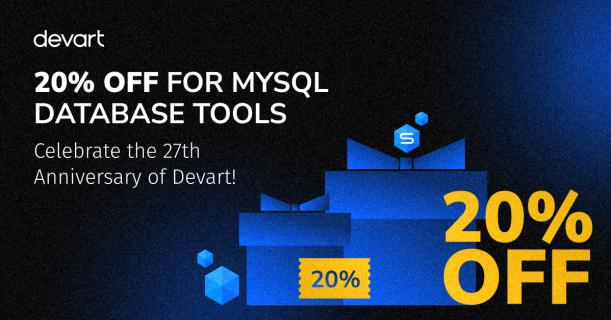In today’s digital landscape, data is the lifeblood of businesses. As organizations generate and process vast amounts of information across the globe, traditional centralized databases often fall short in meeting the demands for scalability, availability, and performance. Enter distributed databases, a revolutionary approach to data management that is reshaping how we store and access information.
What Are Distributed Databases?
A distributed database is a collection of data stored across multiple servers, often located in different geographical regions. Unlike centralized databases, where all data resides in a single location, distributed databases share the load across various nodes. These nodes communicate and coordinate with each other to ensure seamless data access and consistency.
Distributed databases can be broadly categorized into two types:
Homogeneous Distributed Databases: All nodes run the same database management system (DBMS) and operate under a unified schema.
Heterogeneous Distributed Databases: Different nodes may use different DBMSs and schemas, requiring middleware for integration.
Key Features of Distributed Databases
Scalability: Distributed databases can handle large volumes of data by adding more nodes, making them ideal for growing businesses.
Fault Tolerance: By replicating data across multiple nodes, these databases ensure that operations continue even if some nodes fail.
Low Latency: Storing data closer to users reduces latency and improves access times, especially for global applications.
Data Redundancy: Replication across nodes minimizes the risk of data loss.
Flexibility: They support diverse use cases, from transactional systems to big data analytics.
Use Cases of Distributed Databases
Distributed databases are essential in scenarios where scalability and availability are paramount. Common use cases include:
E-commerce: Platforms like Amazon require distributed databases to handle high traffic and ensure fast transactions.
Social Media: Applications like Facebook and Twitter store and process user data across global data centers.
Finance: Banks use distributed systems for secure and efficient transaction processing.
IoT: Internet of Things (IoT) devices generate massive amounts of data that distributed databases can manage effectively.
Popular Distributed Database Systems
Several distributed database systems have gained popularity due to their robust performance and scalability. Some notable examples include:
Apache Cassandra: Known for its high availability and fault tolerance, Cassandra is widely used in large-scale applications.
MongoDB: A NoSQL database that supports distributed deployments and horizontal scaling.
Google Spanner: Google’s globally distributed, ACID-compliant database that combines the benefits of relational and NoSQL systems.
Amazon DynamoDB: A fully managed NoSQL database designed for high-performance applications.
Challenges in Distributed Databases
Despite their advantages, distributed databases are not without challenges. Some of the key issues include:
Data Consistency: Ensuring consistency across nodes can be complex, especially in distributed systems operating at scale.
Latency: While distributed databases reduce latency for local users, inter-node communication can introduce delays.
Complexity: Setting up and managing distributed databases requires advanced expertise.
Cost: Maintaining multiple servers and ensuring data replication can be expensive.
Are Distributed Databases the Future?
As businesses continue to prioritize scalability, reliability, and global reach, distributed databases are poised to become a cornerstone of modern data management. They address the limitations of traditional databases while enabling organizations to meet the demands of an increasingly digital world.
However, the choice between distributed and centralized databases ultimately depends on specific business requirements. While distributed databases offer unparalleled scalability and fault tolerance, they may not always be necessary for smaller applications.
Conclusion
Distributed databases represent a significant leap forward in how we store and process data. Their ability to handle vast amounts of information, ensure availability, and provide low-latency access makes them indispensable for today’s data-driven organizations. As technology continues to evolve, distributed databases will likely play an even more critical role in shaping the future of data management.




